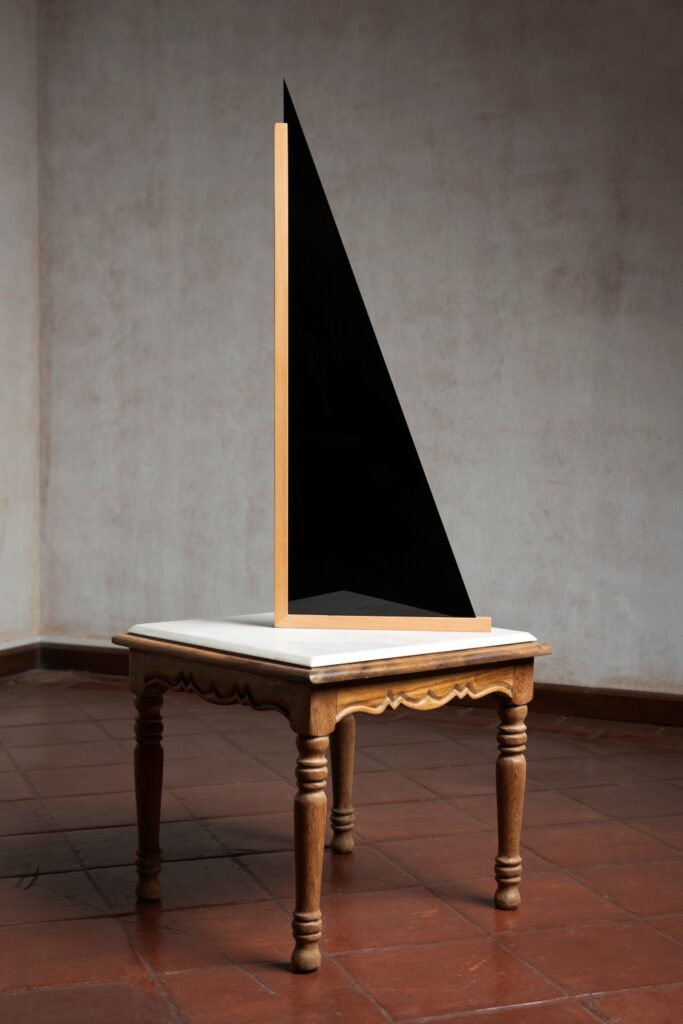
LA GALERIA
REBELDE:
ArtParis 2021
Clara de Tezanos
JJ Estrada
The 2021 edition of ArtParis brought a lot of firsts. For one, this is the first modern art fair to be held at the Grand Palais Ephèmere on the Champ-de-Mars. It also marks the premiere of a Central American contemporary gallery in the fair’s twenty-three-year history. La Galeria Rebelde, a contemporary art gallery based in Guatemala City, presents a cohort of three leading artists from its region: Marlov Barrios, Clara de Tezanos, and JJ Estrada. Their work brings to the forefront a constant exploration of the contemporary world and its relationship with the ancient and mystic. Through a variety of mixed media from film photography, murals, and woodwork, Paris finally has a sneak peek of a generally untapped Latin American aesthetic. The gallery took part in the “Promises” section, showing alongside young galleries from cities like Abidjan and Marseille. ContentsCulture sits down in conversation with the artists to discuss their background, their practice, and a full-circle moment in the city of lights.
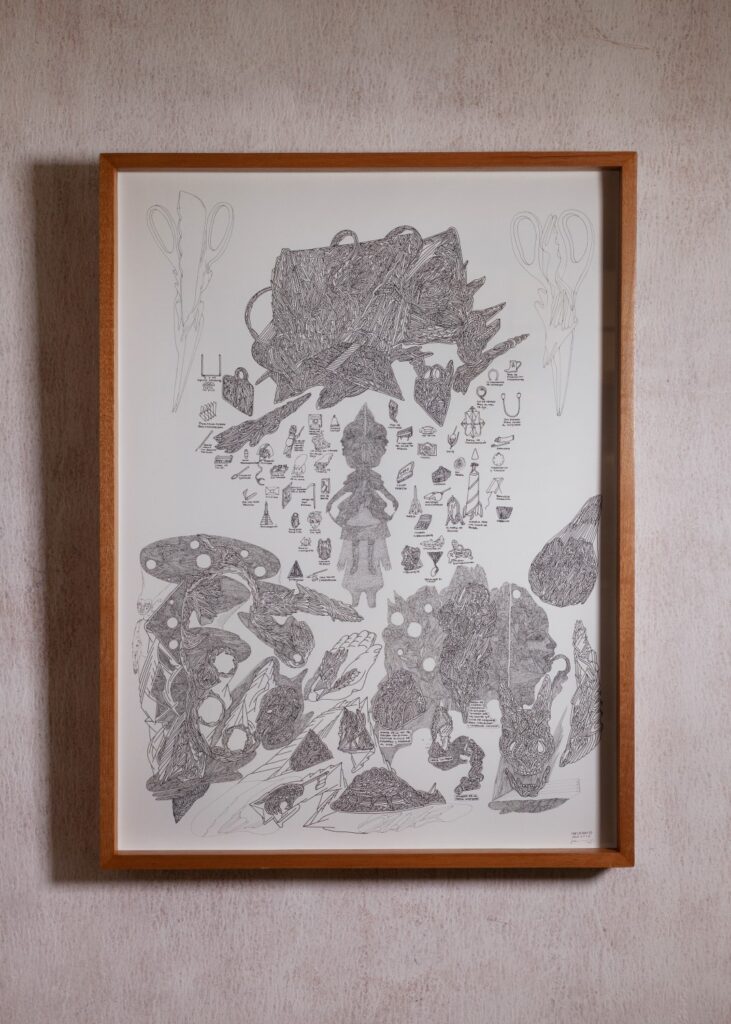
Marlov VI
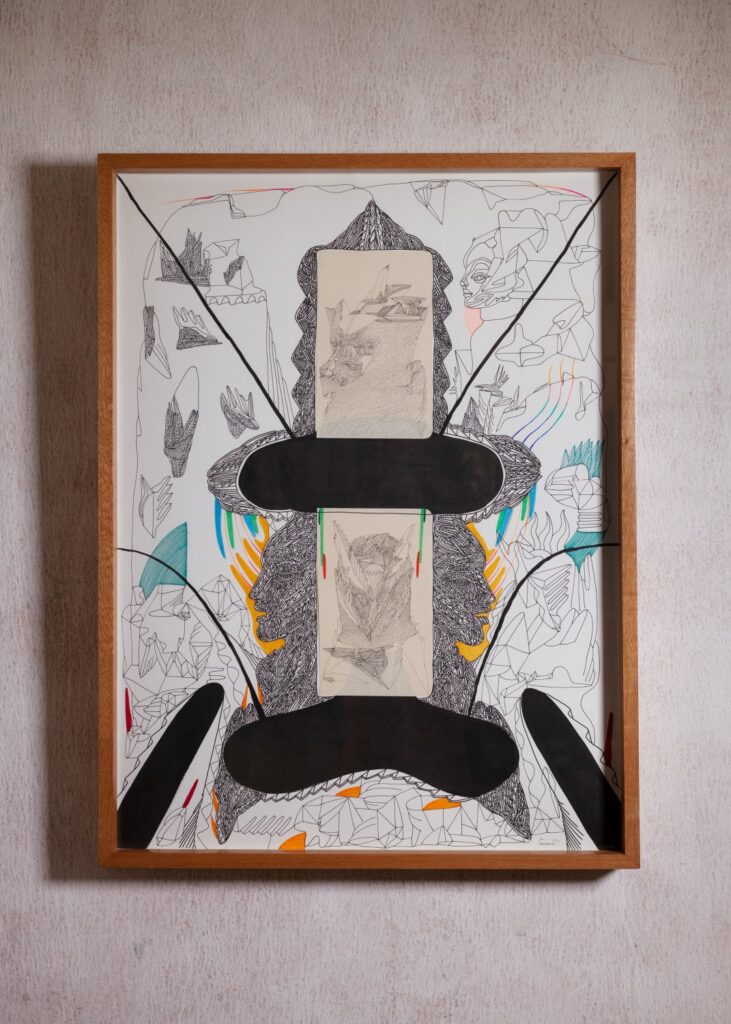
Marlov V
JMT: Although this may be the gallery’s first time in Paris, I hear it’s not any of yours. Can you share a bit about your relationship with the city?
CDT: I lived in Paris for two years when I finished high school and after having learned the language during a year in Toulouse. It made a strong impact in the way I see the word. All of my creative practice was related to that moment. It was the origin where I started to explore my quest, my astonishments, and my concerns in a city full of magnificent stimuli.
Back in 2018 I was selected as a finalist for the PhotoBook Awards of the Paris Photo & Aperture Foundation, where I presented the book at the Grand Palais. I feel very close to Paris, my work can be found in bookstores around the city such as Ofr, Sans Titre, amongst others. I find myself steering all of my intentions in the direction of creating a dialogue between my work and this city.
JJE: Paris has been a great source of inspiration for myself and Clara as a couple. We met here 15 years ago both initiating our artistic careers, so coming back is always special.
MB: I think Paris offers a cohort of stimuli that touch upon the history of eastern societies and global culture. The city’s architecture and its urban distribution reflect a sentiment of integration and memory.
JMT: Paris presents different aesthetics that you might not find back home. Can you touch on how you would describe the Guatemalan aesthetic and how your work presents those?
MB: Guatemala is a paradise of different stimuli and of permanent quests. My country is rich culturally and at the same time with social problems on its sleeve, in a way that visual expression in Guatemala appeals to a regeneration and a friction in the concept of the mestizo.
CDT: In my case, on one side we can see the colonial encrusted in my pieces. Although they aspire to achieve a geometric neatness, they are antique containers in woodwork that carry layers of history, the colonial aesthetic of Catholic churches, as well as the urban and natural landscapes of Antigua Guatemala. On the other hand, I can also relate with Mayan wisdom. I am interested in astronomy and the careful observation of the skies as their understanding of the passage of time.
JJE: Most of my imagery comes from photographs I originally took in Guatemala and sometimes I use archives from my grandfather, who as a photographer as well and documented the Country, yet the themes Im interested in general as a person and in my artwork are current modern ideological concepts wrapped in contemporary aesthetics that are not directly related to a “guatemalan” canon.
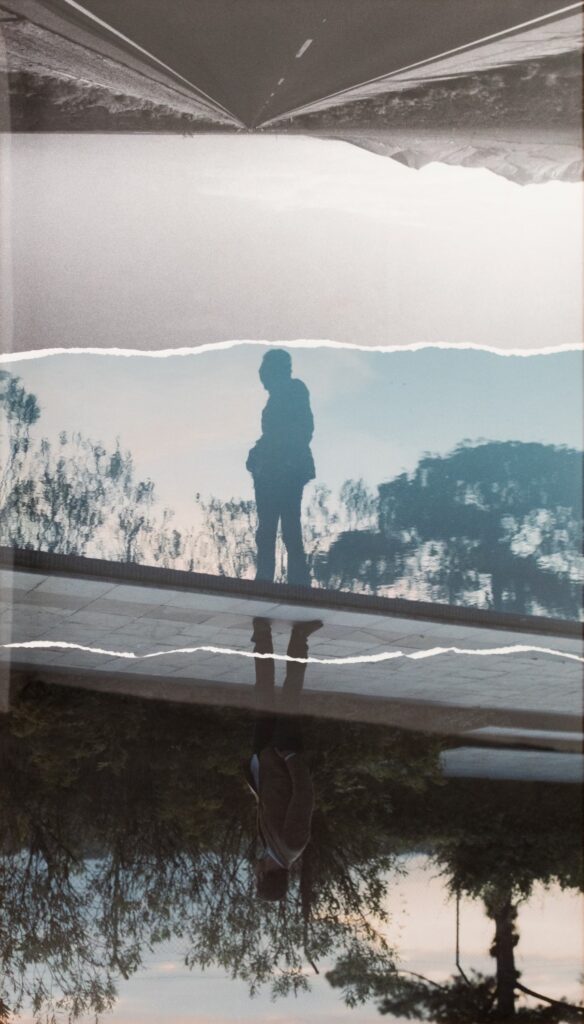
Strains of Being II by JJ Estrada T. 2019
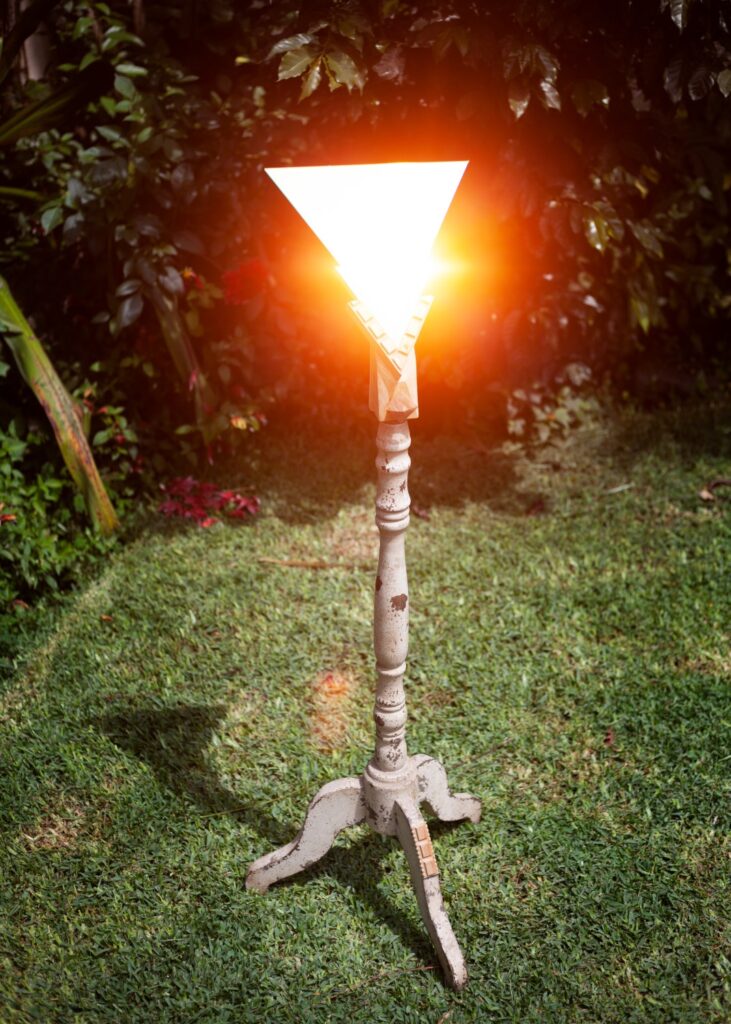
Clara de Tezanos IV
JMT: Clara and JJ, you both have been crucial advocates and patrons of the arts in Guatemala. Could you speak about your contributions to advancing Guatemalan culture?
CDT: As a second school, I found myself learning photography – teaching classes, curating exhibitions, co-directing a school and a festival in Guatemala that had a strong impact on what contemporary photography meant in the country. All of this was a response to the international stimuli that Juan Jose and I were able to have by attending different festivals in New York, Paris, Madrid, Arles, amongst others.
As young artists aiming globally with many dreams, we built relationships with individuals and institutions that mobilized contemporary photography across the globe (circa 2010). We got to bring an international imagination to the country and in thay way a community was organically created. From the three hundred students per year we had to the one hundred exhibitions that we put up in the midst of festivals, panels, activastions, and publications – all of these were efforts that gave diffusion and promotion to the medium in all its aspects: from its inception, management, education, and even its collecting.
JJ: We both had a very strong interest and impulse to help develop the cultural scene through Art and Photography in Guatemala. In 2009 we co-founded La Fototeca and the GuatePhoto Festival which for over a decade promoted contemporary photography with a school, events, publications, a gallery, talks, international festivals and exchanges. After having helped produce over 130 exhibitions and 4 GuatePhoto Festivals, graduating 3,000+ students and many publications, we decided to close the chapter in 2020 to focus both on our art.
JMT: It seems all of you have a unique relationship between the present and the passage of time. Clara, your work has specifically got my eye, there appears to be a spiritual utility to it. Where does your inspiration come from?
CDT: I definitely search for spirituality in art. I believe the act of creating itself is very spiritual. The quest for sense in our existence, gestures as benevolence towards life, the need to leave some kind of trace, registering an understanding, a finding or invention that can transcend and contribute to the collective imagination.
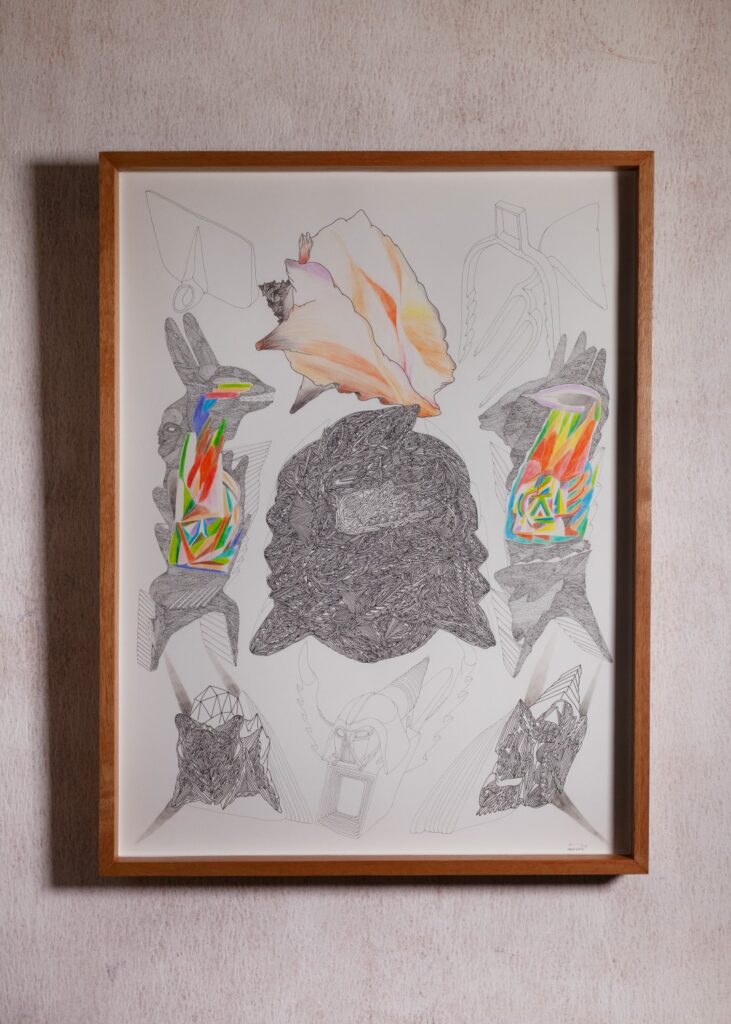
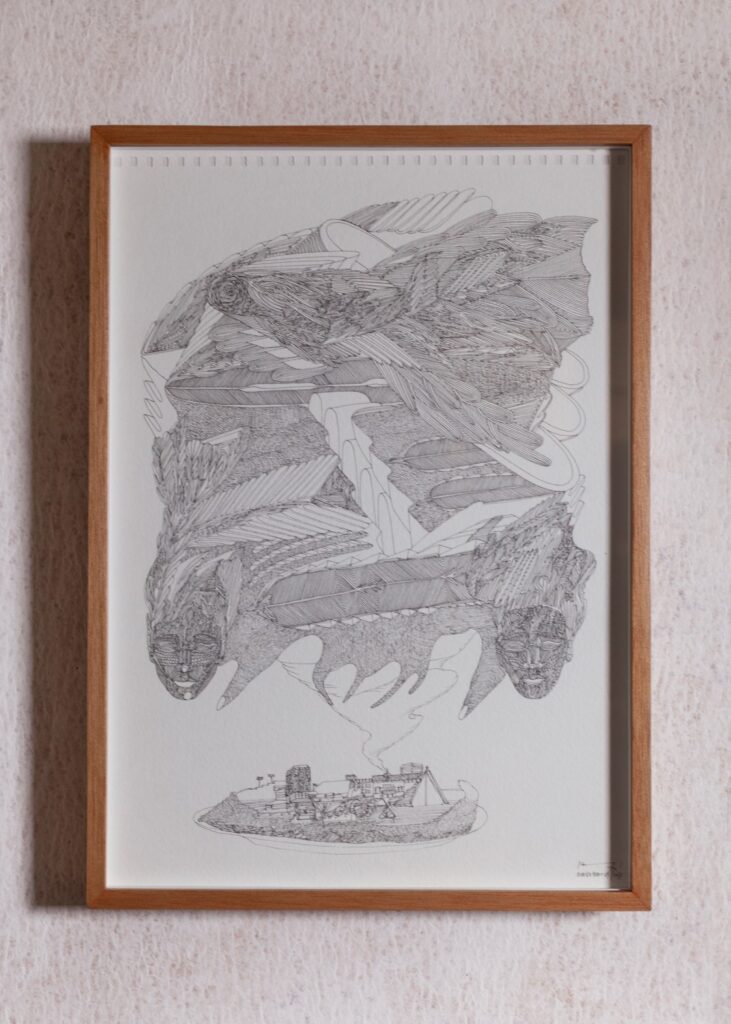
JMT: Marlov, you have a very specific relationship with your pieces and the space in which it’s exhibited. Could you tell us about the relationship your pieces have with the environment?
MB: My background in architecture has made me focus on ensuring the manifestation of the value and language of space. My expression is a dialogue stemming from the concept of architecture. Like remnant luck, it is a testimony and an archeology of emotion, of a fragmented and meditative personal history that somehow wishes to have a conversation with the Mayan imagination, the Novo-Hispanic, and the technological from a Latin American country like Guatemala.
JMT: How do you come up with your designs?
MB: My practice is not attached specifically to the field of design, although it does start from a certain architectural logic. Each piece is the result and continuity of an absorption and assimilation process of the collective imagination from different time periods and cultures. I’m interested in showcasing the need for fantasy in a voracious world that a lot of times lacks empathy. In my case, drawing is the recurring vehicle that emanates an introspective, organic, and spontaneous expression. I allow myself to flow without erasing, using the line as a channel of subjectivity.
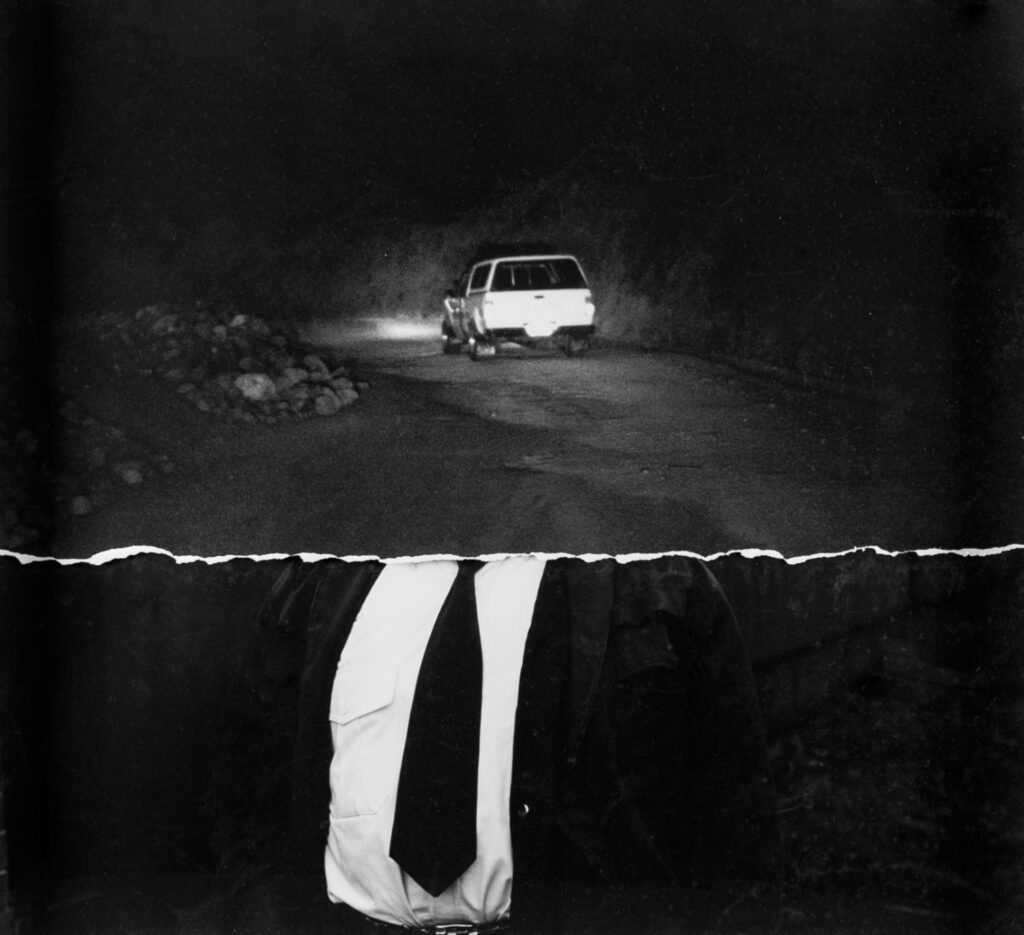
Labyrinthine being I by JJ Estrada T. 2019
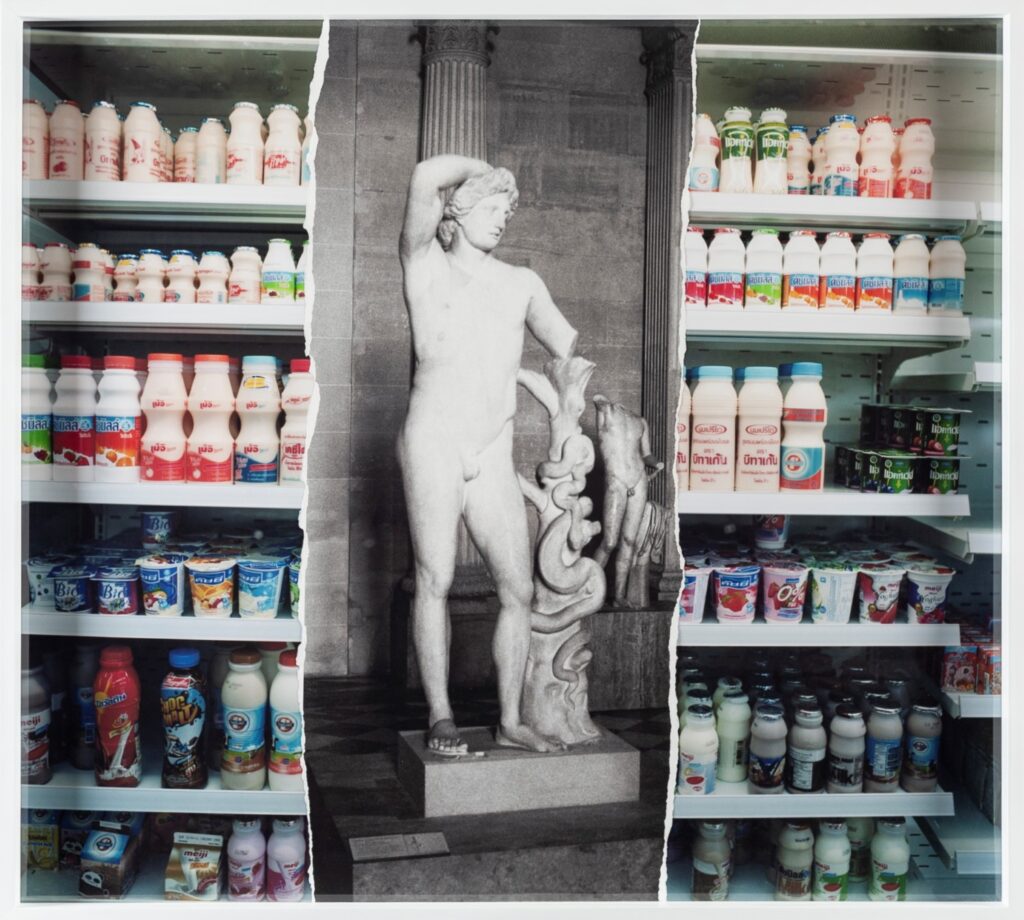
The thought of homogenized beauty by JJ Estrada T. 2019
JMT: JJ, film seems to be your favorite tool. What inspires you to shoot with film, and how do you choose your subjects?
JJE: I was trained as a Photographer, capital “P” intendendly, as we were part of the last generation of photographers that learned how to shoot with film, I always loved the purity of medium format cameras and the graphic result you get from it and also it allows me to work in large format. For over 10 years I documented my life and my surroundings with a strong aesthetic influence from modern photographers like Joel Meyerowitz, Gary Winnogrand and Stephen Shore. From this archive I choose different subjects depending on my current interest for a specific exhibition and narrative. The break technology created in humanity is one of my primary interests and themes in my work.
JMT: Can you expand on the contrast you communicate through your collages?
JJE: I’ve always been interested in the study of nature, focusing on the four main elements: fire, water, air, and earth. My exploration is parallel to the history of mankind, from our remote beginnings to our evolution, and the liberal approach of the individual of the last two thousand years that has led to where we are today.
I have also worked with tech companies for over ten years, which has allowed me to observe the latest technological advances which I like to present in my work. A philosophical axiom that I’ve always been interested in is if there actually is a “human” quality in objects. Or simply everything in existence is “natural” from the point of view that everything is composed of the same mind/matter elements, and thus the human concept is something that exists in the mind but not as a quality of the object itself.
My approach is to leave that as an open debate and to create a visual tension between these concepts that makes the viewer wonder what’s important in the proposed contrast without giving a clear conclusion.
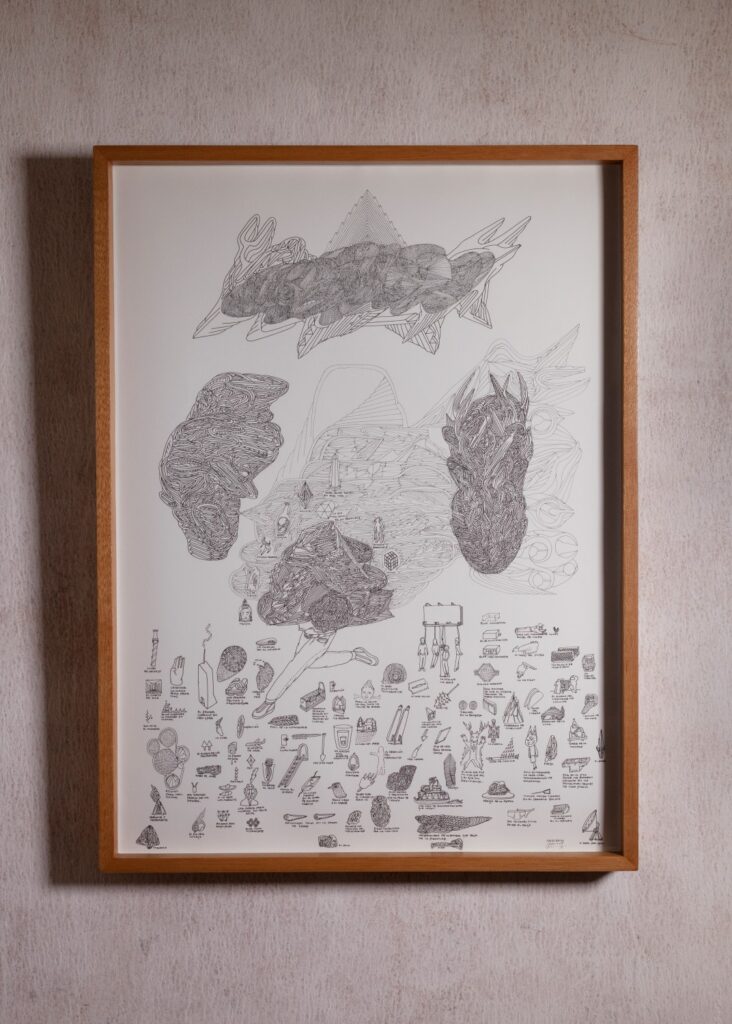
Marlov VII
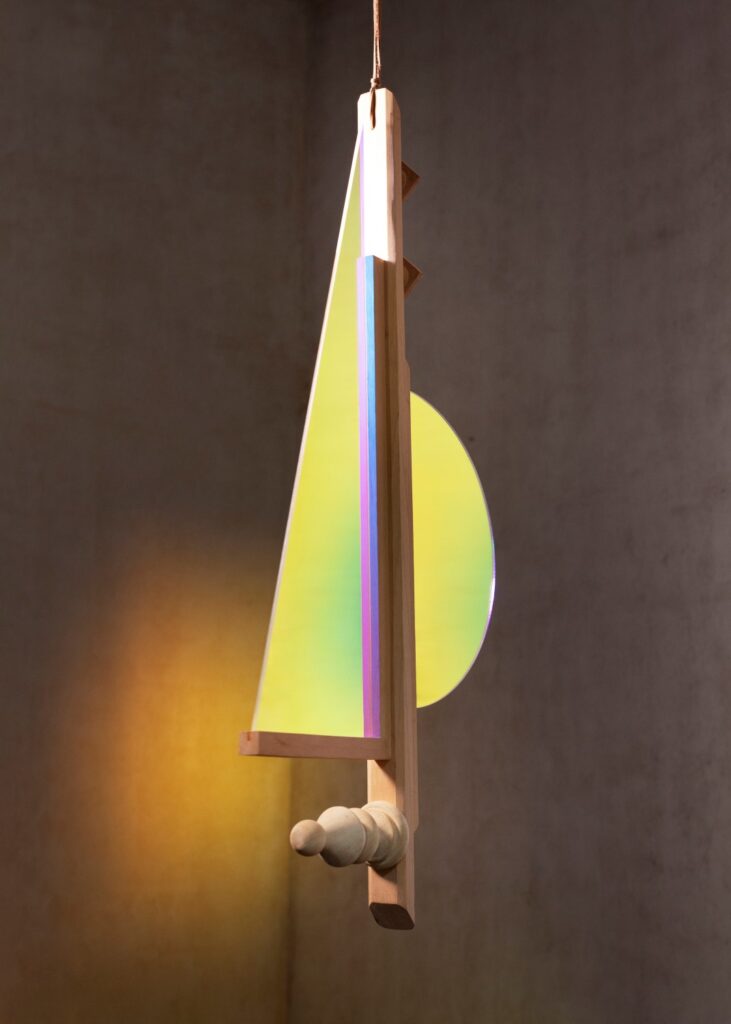
Clara de Tezanos IV
JMT: This is an exciting moment in everyone’s career, do you have an idea of what is next in your practice? What are you most looking forward to?
CDT: I want to keep creating, keep searching, and keep twirling around the understanding of that “All” that one attempts to conceive. I would die without this practice. I have big scale visions – of crowds resonating to gestures that reminds them of those feelings we get towards that infinite mystery, towards living.
JJE: I’m currently working on a new exhibit which will focus on the culture of baseball, as I played many years through my high school and college years, and look forward to a new show towards early 2022.
MB: I’m interested in creating a piece that addresses much more of my concerns, reflected in different mediums. I’m currently working in a musical production that will have a strong literary and visual implication.
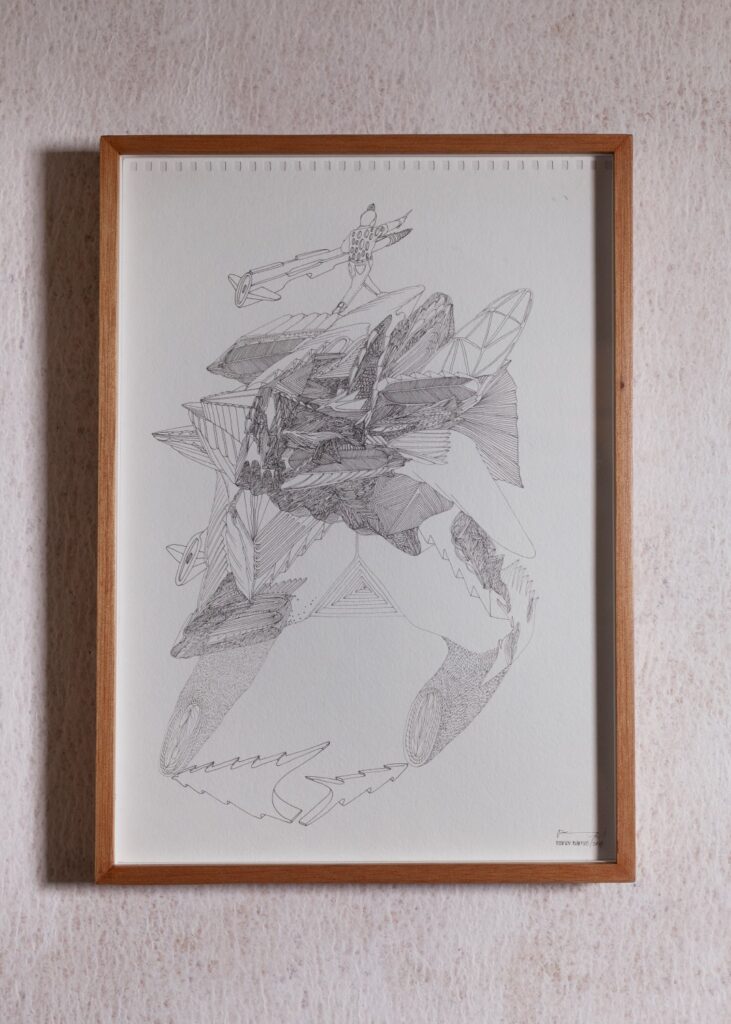
Marlov II
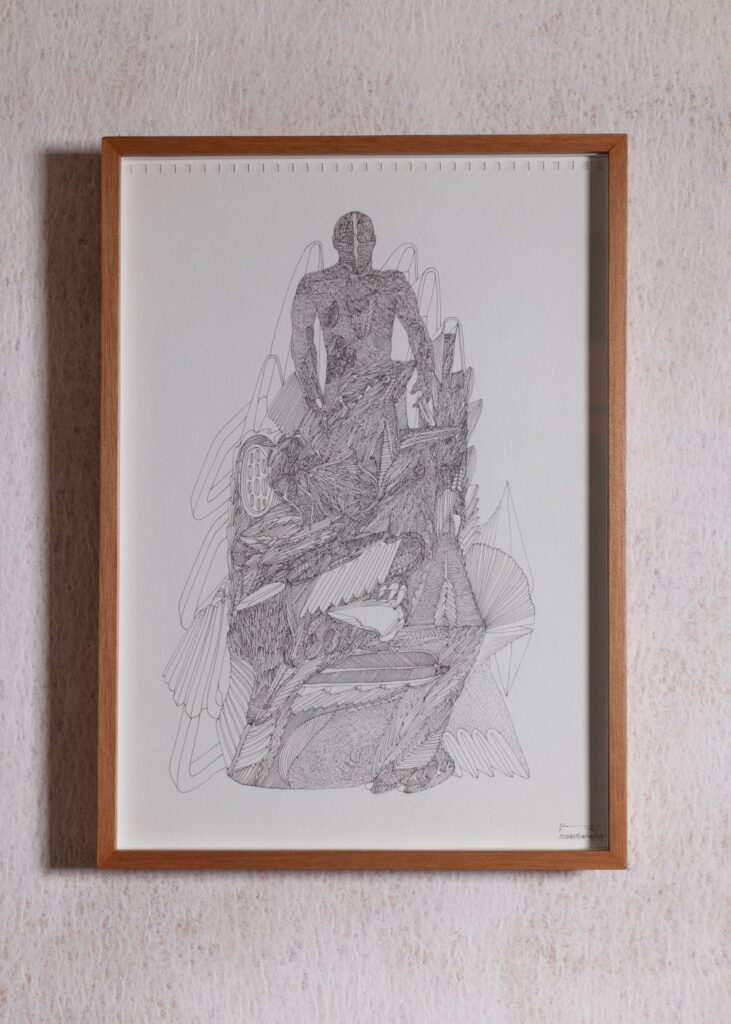
Marlov I
